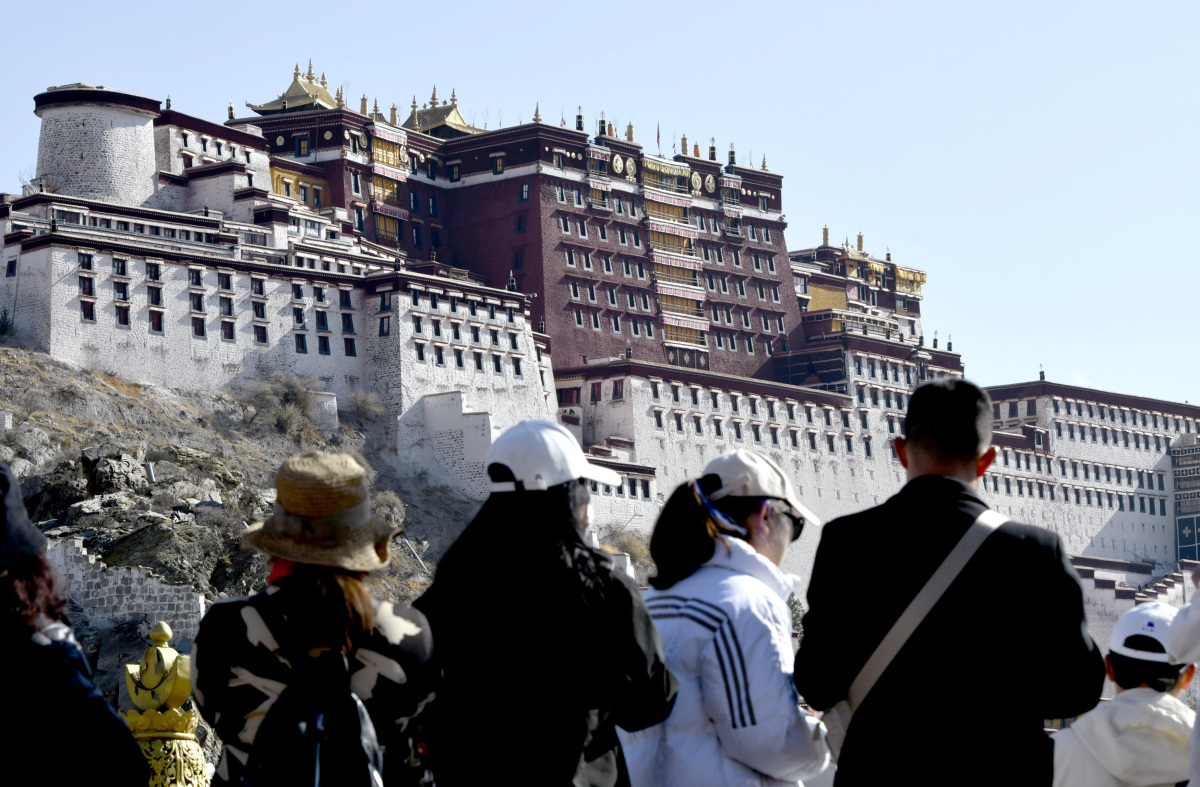
Starting on Feb. 19, Lhasa Gonggar International Airport will launch the Lhasa–Chengdu Tianfu–Hong Kong route. However, for Hong Kong residents traveling to Tibet, the main concern is coping with altitude sickness.
Some even worry that flying to the high-altitude region of Tibet may increase the chances of experiencing altitude sickness. This article analyzes the pros and cons of flying versus traveling by land to Tibet, as well as how to handle altitude sickness during the journey, ensuring you enjoy your time in Lhasa!
According to a report from People's Daily, both flying and traveling by land to Tibet have their advantages and disadvantages. When flying, the altitude rises rapidly from several hundred meters to over 3,000 meters, without a gradual acclimatization process, making altitude sickness more likely. In contrast, traveling by land allows for a gradual increase in altitude, which helps acclimatization. However, many land routes to Tibet may have poor road conditions, especially in the Xinjiang and Qinghai areas, where travelers must cross several peaks over 5,000 meters. Medical facilities may not be readily available, and there are increased risks during rainy seasons due to landslides and mudslides. Currently, there is no research indicating that flying exacerbates altitude sickness.
Therefore, it is recommended that whether you fly or take the train to Tibet, regardless of whether you arrive in Lhasa in the morning or afternoon, you should try to rest, sleep, and adjust in your hotel. This can significantly alleviate symptoms of altitude sickness and help you cope with the most intense period of acclimatization.
According to the Hong Kong Department of Health's travel health service website, altitude sickness includes a range of symptoms, starting with mild headaches and potentially leading to acute mountain sickness, and in severe cases, high-altitude cerebral edema and high-altitude pulmonary edema.
If you notice symptoms of altitude sickness during your trip, here's how to handle it:
- If symptoms are mild, try to reduce physical activity and stay at the same altitude for 1 to 2 days until symptoms subside before continuing to ascend.
- If symptoms persist for more than 24 hours or worsen, descending to a lower altitude (about 500 to 1,000 meters lower) is the most effective treatment.
- If experiencing high-altitude cerebral edema or pulmonary edema, descend immediately for treatment.
- Acetazolamide can help the body acclimatize and relieve symptoms of acute mountain sickness; it is advisable to consult a doctor and start taking it the day before ascending and continue for several days after.
- Rhodiola, a traditional Chinese medicine, can help prevent altitude sickness but should be taken at least 5 days before ascending.
Related News:
Xizang earthquake: Zheng Qinwen donates RMB 1 mn, celebrities join relief efforts




















Comment